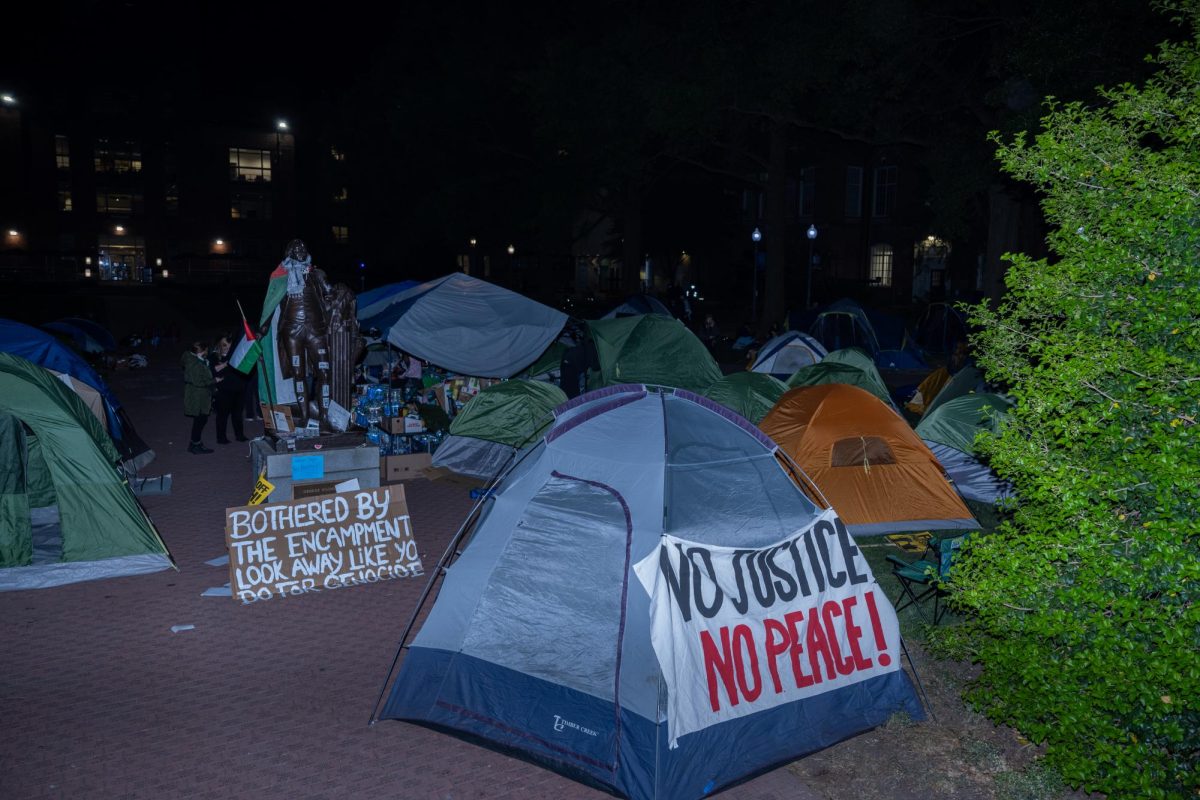More than nine in 10 graduates from the Class of 2020 have secured post-graduation plans despite the impact of the COVID-19 pandemic, officials said.
Rachel Brown, the associate vice provost for University Career Services, said although job markets have shifted during the pandemic, roughly the same proportion of graduates have secured employment or other post-graduation plans. The percentage of students in full-time or part-time employment decreased slightly from 66 percent to 60 percent this year, she said.
“It speaks to the quality of GW students, the marketability of GW students and also, I think, GW students’ resiliency and being able to adapt,” Brown said. “That is a huge shoutout to the Class of 2020.”
Officials received responses from 77 percent of last year’s graduates on GW’s First Destination Survey, which officials used to create the report, she said.
Brown said the percentage of students enrolled or planning to enroll in further education jumped from 22 percent to 30 percent. Graduate schools nationwide have seen a jump in applications during the pandemic.
“We think that reflects the job market,” Brown said. “It’s very typical when the job market is tight to see an increase in students pursuing or individuals pursuing graduate school.”
She said the amount of students pursuing a law degree dropped by about half, from 19 percent to 9 percent of those continuing their education. The drop might be a result of increased competitiveness at law schools nationwide, Brown said.
“We really can’t fully, definitively explain that because we want to see what happens next year before we make any grand pronouncements of trends happening,” she said. “But we do know there’s a couple of things that we think are at play.”
Nicole Kolt, the associate director for industry coaching in the Center for Career Services, said staff has worked to meet students’ needs during the pandemic by expanding career coaching appointment availability, providing additional online resources for remote jobs and providing support for virtual interview preparation.
“Being in the virtual space, we realized that this was a good time to expand our virtual resources, so we expanded a lot of the articles and resources that we had,” Kolt said.
She said career center staff has also been able to engage more alumni and employers for virtual events during the pandemic, connecting students to additional employment resources. The career center reported upticks in the number of employers engaged and the number of alumni connected in the GW Alumni Association LinkedIn group.
Kolt added that staff members have seen student satisfaction, which is tracked through feedback forms after events and appointments, with career center resources remain the same or increase even as programming has moved virtually.
“We’ve actually seen that student satisfaction has stayed the same or increased when it comes to the different resources or services, whether it’s one-on-one coaching or the different virtual workshops we’ve been offering,” she said.








